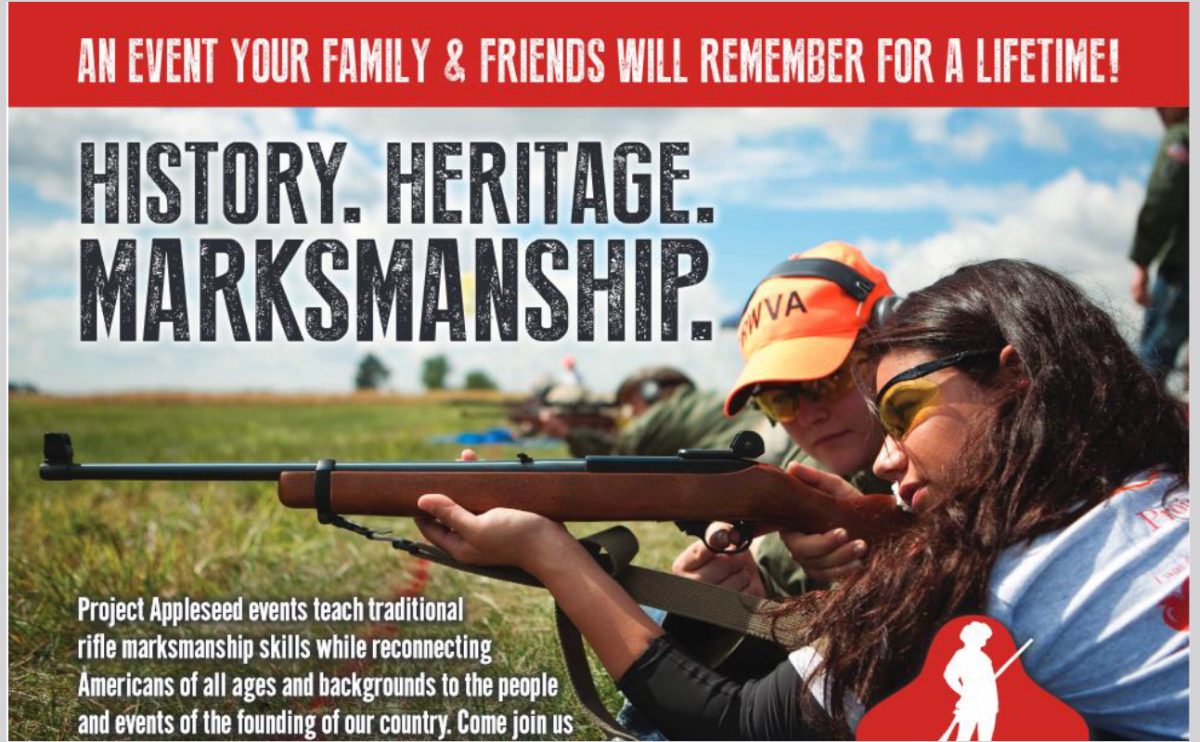Goal for today’s practice was to not let whatever was between my eyes and the target distract me from looking at a precise spot on the target: look through the barrel to where you know the target is, and don’t let the sights pull your eyes from it. Just pull the trigger straight back when the blurry sights look good enough for the shot difficulty.
The barrels here are about 15 yards from the targets, plates are 8" and the targets are standard IPSC ones. I'm looking through the barrel at the plate while waiting for the buzz. This eliminates the focal-depth change when leaning out from behind the barrel and puts in the plate being on or very near my fovea when I first see it. After hitting it, look through the barrel to the paper target target and begin moving the gun onto that point. Aiming is almost done once it comes into view. Similar process with the second barrel: come in looking at the paper with the sights ready to go, then pop the target once it's visible outside the barrel. Look at the plate immediately after firing the second shot and get the gun there so very little if any clean-up is necessary to hit it.
I'm expecting significant improvements to match results as this becomes ingrained in my subconscious.
The barrels here are about 15 yards from the targets, plates are 8" and the targets are standard IPSC ones. I'm looking through the barrel at the plate while waiting for the buzz. This eliminates the focal-depth change when leaning out from behind the barrel and puts in the plate being on or very near my fovea when I first see it. After hitting it, look through the barrel to the paper target target and begin moving the gun onto that point. Aiming is almost done once it comes into view. Similar process with the second barrel: come in looking at the paper with the sights ready to go, then pop the target once it's visible outside the barrel. Look at the plate immediately after firing the second shot and get the gun there so very little if any clean-up is necessary to hit it.
I'm expecting significant improvements to match results as this becomes ingrained in my subconscious.







